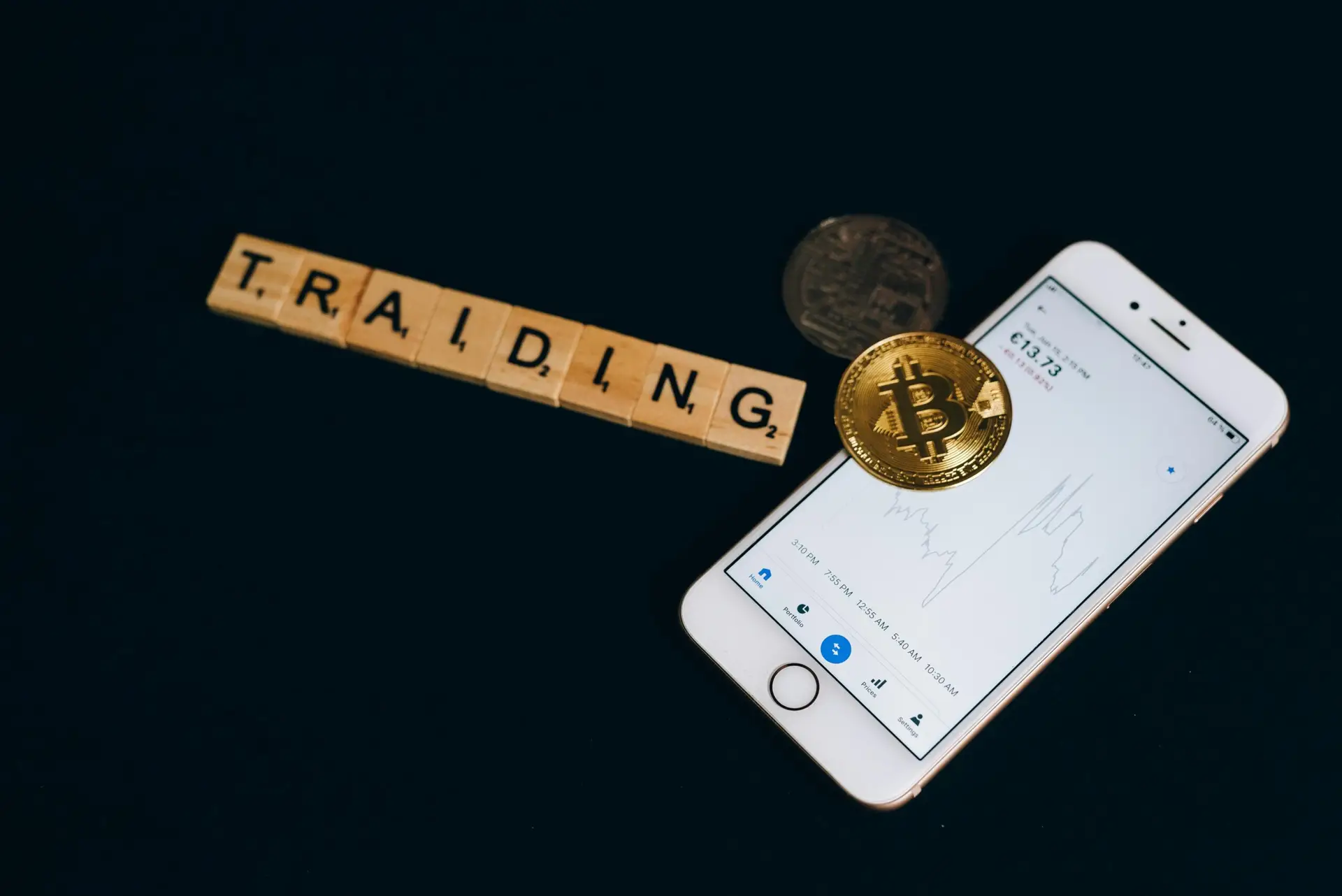Introduction: Why Risk Management is the Key to Forex Success
The foreign exchange (Forex) market offers immense opportunities for traders to profit from currency fluctuations. However, with its high volatility and leverage, it also carries significant risks. Many new traders dive into Forex trading with excitement but fail to prioritize one of the most critical aspects of success: risk management.
In this comprehensive course, we’ll explore essential techniques to protect your capital while navigating the unpredictable waters of currency trading. From setting stop-loss orders to calculating position sizes, you’ll learn how to minimize losses and maximize your chances of long-term profitability. By the end of this guide, you’ll have a solid risk management framework that can be applied to every trade.
Let’s get started!
Module 1: Understanding Risk in Forex Trading – The Foundation of Protection
Lesson 1.1: What is Risk in Forex Trading?
Key Questions:
- What makes Forex trading risky?
- How does leverage amplify both gains and losses?
Forex trading involves buying and selling currencies with the goal of profiting from price movements. While the potential rewards are attractive, the risks are equally significant due to factors like:
- Market Volatility: Prices can swing dramatically in short periods.
- Leverage: Borrowed funds allow traders to control larger positions, but they also magnify losses.
- Emotional Decisions: Fear and greed often lead to impulsive actions.
Real-Life Example:
Imagine trading with 50:1 leverage. A $1,000 account could control $50,000 worth of currency—but a small adverse move could wipe out your entire balance.
Lesson 1.2: The Importance of Risk Management
Key Questions:
- Why is risk management more important than strategy?
- How much capital should I risk per trade?
Risk management ensures sustainability in trading. Without it, even the best strategies can fail. Here’s why it matters:
- Preserves Capital: Protects your account from catastrophic losses.
- Builds Confidence: Helps you stay disciplined during volatile periods.
- Encourages Longevity: Allows you to survive losing streaks and continue trading.
Rule of Thumb:
Never risk more than 1-2% of your total capital on any single trade. This limits exposure and keeps emotions in check.
Module 2: Core Risk Management Techniques – Protecting Your Capital
Lesson 2.1: Setting Stop-Loss Orders
Key Questions:
- What is a stop-loss order, and how does it work?
- Where should I place my stop-loss?
A stop-loss order automatically closes a trade when the price reaches a predetermined level, limiting your loss. It’s an essential tool for managing risk effectively.
Placement Tips:
- Support/Resistance Levels: Place stop-losses just below support or above resistance zones.
- Volatility-Based Stops: Use tools like Average True Range (ATR) to set stops based on market conditions.
- Percentage-Based Stops: Exit if the trade moves against you by a fixed percentage (e.g., -2%).
Practical Example:
If you buy EUR/USD at 1.1000, placing a stop-loss at 1.0950 limits your downside to 50 pips.
Lesson 2.2: Position Sizing – Calculating Your Trade Size
Key Questions:
- How do I determine the right lot size for my trade?
- What role does risk-reward ratio play?
Position sizing determines how many units of a currency pair to trade based on your risk tolerance. Follow these steps:
- Define Risk Per Trade: Decide how much you’re willing to lose (e.g., 1% of your account).
- Calculate Pip Value: Determine the monetary value of each pip movement.
- Adjust Lot Size: Choose a lot size that aligns with your risk parameters.
Formula:
Position Size = (Account Balance × Risk %) ÷ (Pip Loss × Pip Value)Real-World Application:
With a $10,000 account and a 1% risk threshold, risking $100 on a trade with a 50-pip stop-loss requires a micro-lot size.
Lesson 2.3: Using Take-Profit Orders to Lock in Gains
Key Questions:
- What is a take-profit order, and how does it complement risk management?
- How do I balance risk-reward ratios?
A take-profit order locks in profits by closing a trade once the price reaches a predefined target. Pairing it with a stop-loss creates a clear risk-reward framework.
Ideal Ratios:
Aim for a minimum risk-reward ratio of 1:2—meaning potential profits are at least twice as large as potential losses.
Case Study:
If your stop-loss is 30 pips away, aim for a take-profit level 60 pips away to maintain a favorable ratio.
Module 3: Advanced Risk Management Strategies – Taking Control of Your Trades
Lesson 3.1: Hedging – Reducing Exposure Without Exiting Positions
Key Question:
- How can hedging reduce risk in volatile markets?
Hedging involves opening offsetting positions to mitigate potential losses. For example:
- If you’re long on EUR/USD, you might go short on GBP/USD to hedge against dollar strength.
Pros and Cons:
- Pros: Limits downside risk during uncertain times.
- Cons: Adds complexity and costs (spreads, swaps).
When to Use:
Hedging works best in highly correlated pairs or during major economic events.
Lesson 3.2: Diversification – Spreading Risk Across Multiple Markets
Key Questions:
- Why is diversification important in Forex trading?
- Which currency pairs should I include in my portfolio?
Diversification reduces reliance on a single trade or pair. Focus on:
- Major Pairs: Highly liquid and less volatile (e.g., EUR/USD, USD/JPY).
- Cross Pairs: Less correlated with majors (e.g., EUR/GBP, AUD/NZD).
- Commodity Currencies: Linked to commodities like oil and gold (e.g., USD/CAD, AUD/USD).
Tip:
Avoid over-trading; stick to 2-3 well-researched setups at a time.
Lesson 3.3: Scaling In and Out of Trades – Managing Large Positions
Key Questions:
- How do I scale in without increasing risk?
- When should I partially close a winning trade?
Scaling allows you to adjust your position size dynamically:
- Scaling In: Add to a position gradually as the trade moves in your favor.
- Scaling Out: Close portions of a trade to lock in profits while letting the rest run.
Example:
If you’re up 50 pips on a trade, close half your position and move the stop-loss to breakeven to eliminate risk.
Module 4: Emotional Discipline – Mastering the Mental Game
Lesson 4.1: Avoiding Common Psychological Pitfalls
Key Questions:
- How do emotions sabotage trading decisions?
- What strategies help maintain discipline?
Common emotional traps include:
- Overtrading: Entering too many trades due to boredom or excitement.
- Revenge Trading: Trying to recover losses quickly after a bad trade.
- FOMO (Fear of Missing Out): Jumping into trades impulsively.
Solutions:
- Stick to your trading plan.
- Keep a journal to track emotions and outcomes.
- Take breaks to recharge mentally.
Lesson 4.2: Building a Winning Mindset
Key Questions:
- How do successful traders think differently?
- What habits contribute to consistency?
Successful traders focus on process over results. Adopt these habits:
- Set Realistic Goals: Prioritize learning and improvement over immediate profits.
- Stay Patient: Wait for high-probability setups instead of forcing trades.
- Review Regularly: Analyze past trades to identify areas for growth.
Motivational Quote:
“Success in trading is not about winning every trade—it’s about managing risk and staying in the game.”
Conclusion: Safeguarding Your Future in Forex Trading
Congratulations! You’ve now mastered the essential techniques for protecting your capital in Forex trading. By implementing stop-loss orders, practicing proper position sizing, and maintaining emotional discipline, you’re equipped to navigate the challenges of the market confidently.
Remember, risk management isn’t just a strategy—it’s a mindset. Stay consistent, keep learning, and always prioritize preservation of capital over chasing quick wins. With dedication and discipline, you can build a sustainable trading career.
📘 New to Forex? Before you place your first trade, understand the difference between A-Book and B-Book brokers—it could make or break your strategy.
👉 Read now





